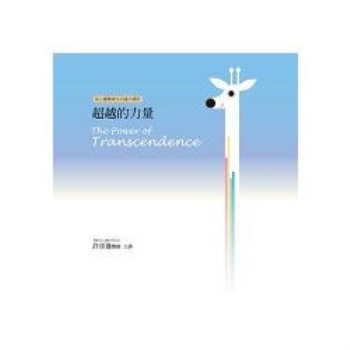| FindBook |
有 1 項符合
New Zealand Society at War 1914-1918的圖書 |
 |
New Zealand Society at War 作者:Loveridge 出版社:Victoria Univ Pr 出版日期:2017-08-01 語言:英文 規格:平裝 / 15.2 x 22.9 x 3.2 cm / 普通級 |
| 圖書館借閱 |
| 國家圖書館 | 全國圖書書目資訊網 | 國立公共資訊圖書館 | 電子書服務平台 | MetaCat 跨館整合查詢 |
| 臺北市立圖書館 | 新北市立圖書館 | 基隆市公共圖書館 | 桃園市立圖書館 | 新竹縣公共圖書館 |
| 苗栗縣立圖書館 | 臺中市立圖書館 | 彰化縣公共圖書館 | 南投縣文化局 | 雲林縣公共圖書館 |
| 嘉義縣圖書館 | 臺南市立圖書館 | 高雄市立圖書館 | 屏東縣公共圖書館 | 宜蘭縣公共圖書館 |
| 花蓮縣文化局 | 臺東縣文化處 |
|
|
圖書介紹 - 資料來源:博客來 評分:
圖書名稱:New Zealand Society at War 1914-1918
內容簡介
The social history of First World War New Zealand is a multifaceted subject, the result of a conflict which, more or less, involved entire societies. James Belich once argued that in New Zealand the ?grand themes of world history are often played out more rapidly, more separately, and therefore more discernibly than elsewhere’, and this is certainly applicable to the Great War. New Zealand in 1914 was a leading liberal democracy with modern infrastructure and institutions, high average living standards and a populist disposition, whose sense of national identity was developing alongside an increasing orientation towards Britain: ?the smallest and most isolated of the white Dominions was also the most effusively loyal to Britain and the most determined to prove its worth to her.’ This attitude was not universal, however, and despite New Zealand’s astonishing commitment to the war, social consent to the demands of mobilisation were neither unconditional nor uncontested. New Zealand traded heavily on its cohesiveness and social capital during the war, but wartime upheavals and stresses also fragmented communal ties. This book conveys some of the complexities of a small land in a world war, by examining individual facets of New Zealand society. Its 18 investigations, researched and written by specialist contributors, of particular social institutions, associations and groups ? including the rugby club, the pulpit, the union meeting, the voluntary association, civilian and military leadership, Maori, women, children, German immigrants, and pacifists ? give us a richer, more detailed understanding of how New Zealanders thought and acted during the First World War. With a foreword by Hew Strachan.
|










